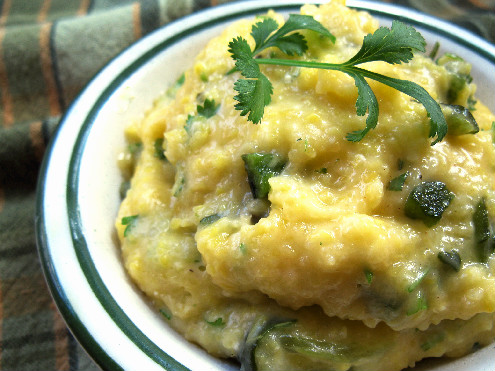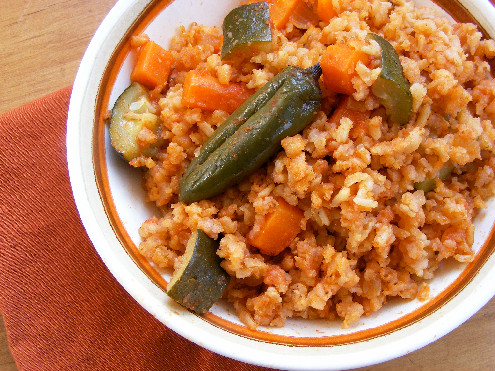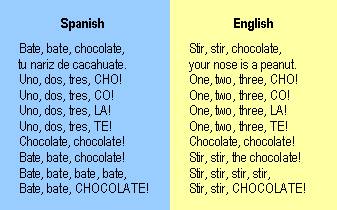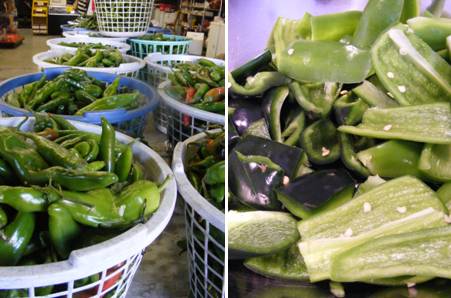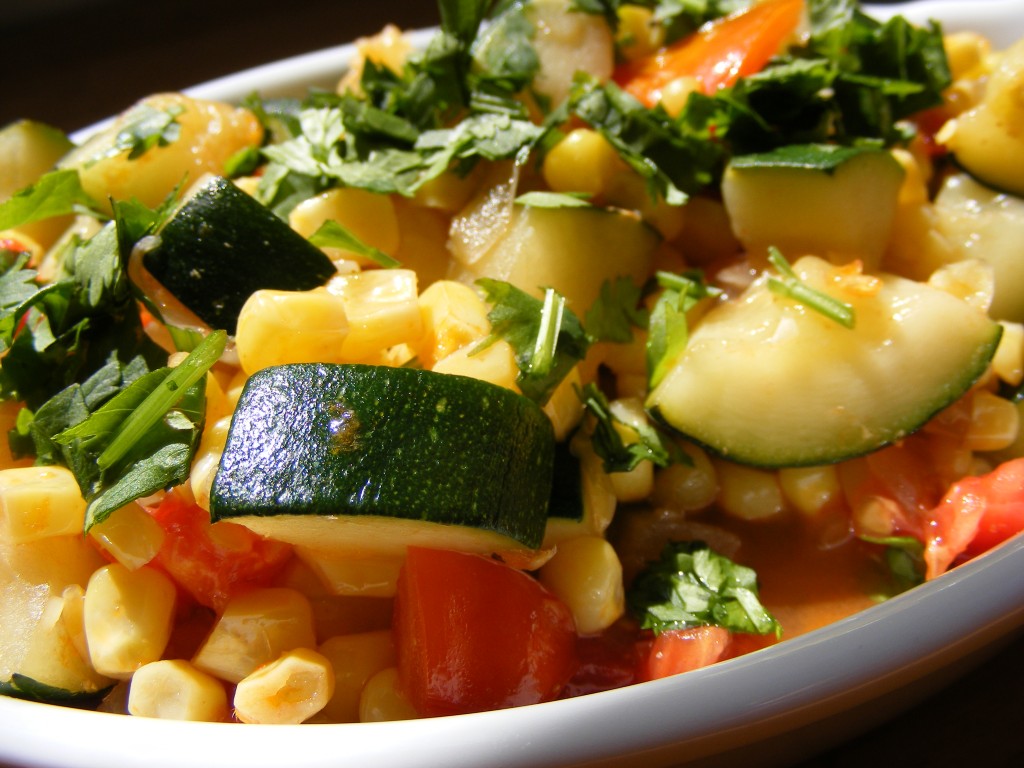Cornmeal: Green Chile Cheese Grits
Friday, May 28th, 2010Do you call ground, dried corn “grits” or “polenta?” You’d be right if you said either one. Yes, polenta, the haute cuisine of the last two decades, is equivalent to good ol’ grits.
Grits v. Polenta
If you’re scratching your head, it’s completely understandable. The labeling is inconsistent and I suspect regional – in the South, I’d reckon you’d find “grits” on store shelves but in northern Italy, you’d see “polenta.” Here in Denver, I just bought a bag of coarsely-ground, dried yellow cornmeal labeled “polenta (corn grits)” at the natural food store. What gives?
For intellectual purposes, know that one of the primary differences between the two is that grits are usually made with white corn, while polenta is made of yellow.
Some polenta authorities also distinguish the two by the size of the grind, polenta being larger with a nuttier taste. However, both grits and polenta are available in fine, medium and coarse grinds.
To add even more confusion, there’s also the lighter colored “hominy grits.” Early on, the word “hominy” reflected the lye soak process used to loosen the husk and germ, which made for a softer and creamier final dish. Today, “hominy grits” has become a generic term for “corn grits.”
Ugghh. To me it’s all “mush,” like my brain when I try to figure out all this nomenclature.
Green Chile Cheese Grits
Grits are an institution in the South – served with butter and salt, sweetened with milk and sugar, or topped with red-eye gravy, ham, bacon or shrimp.
This recipe for green chile grits is a bit Southern/Soul Food and Mexican – a reflection of my household and history. Corn (maize) was originally domesticated in central Mexico and eventually became a favored crop among Southerners.
These green chile cheese grits are easy to make and much tastier than regular mush. They are delicious for breakfast with eggs or for lunch or dinner as a substitute for potatoes or rice. Enjoy! Leave a comment about your favorite way to eat cornmeal mush, and if you have a preference for “grits” or “polenta.”
Tidbits on Cornmeal:
- Southerners hailing from the Charleston area use the word “hominy” to refer to cooked grits and the term “grist” for its uncooked state.
- Early Southern pioneers cultivated more corn than cotton.
- The smaller the grind of corn, the faster it will cook. Larger grinds (and most polenta recipes) can take up to an hour to cook. The grits/polenta is ready when it’s no longer crunchy.
- Stone ground and whole grain cornmeal has more nutrients because it still contains the germ.
Sources: The Oxford Encyclopedia for Food and Drink in America, Good Old Grits Cookbook by Bill Neal & David Perry.

